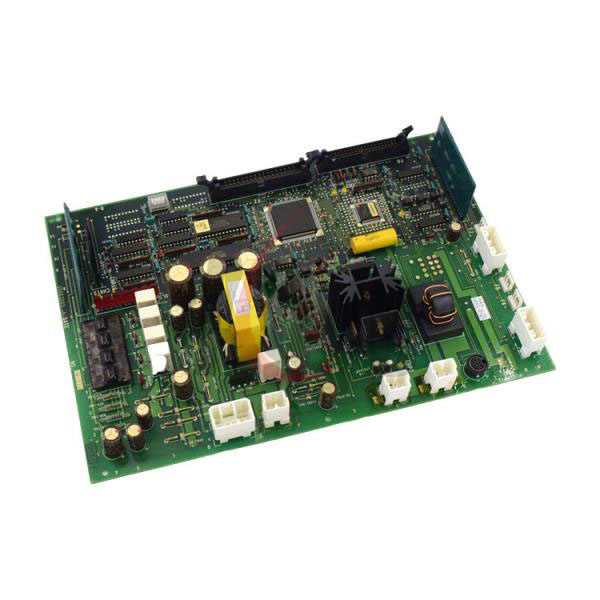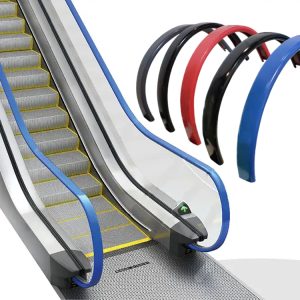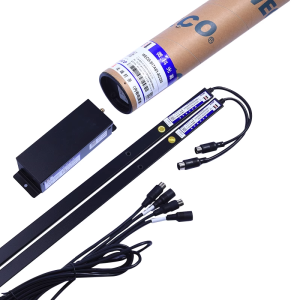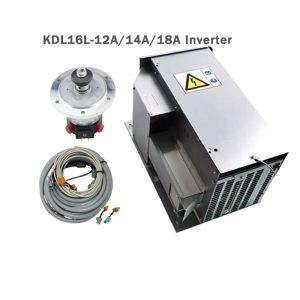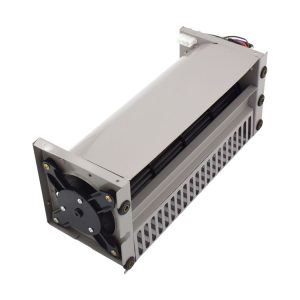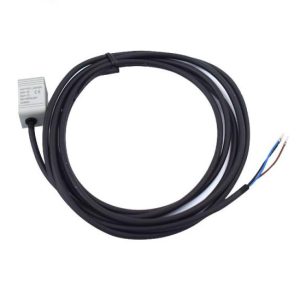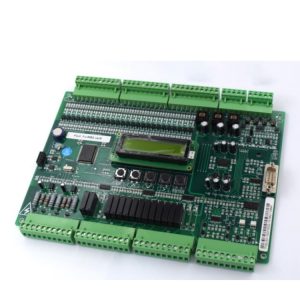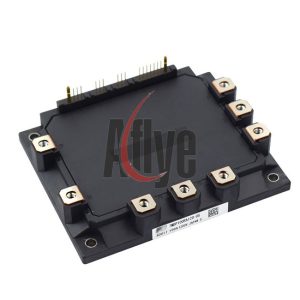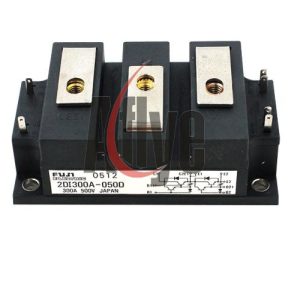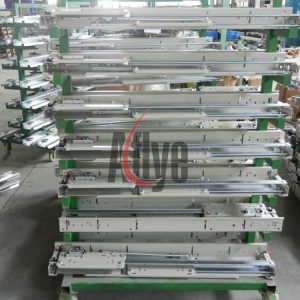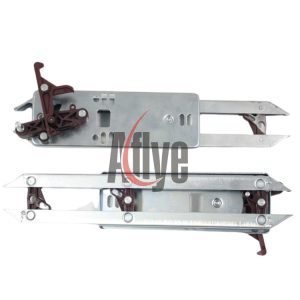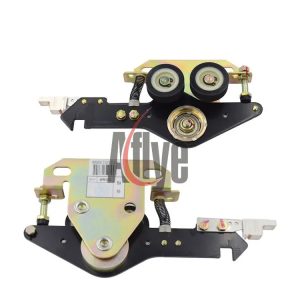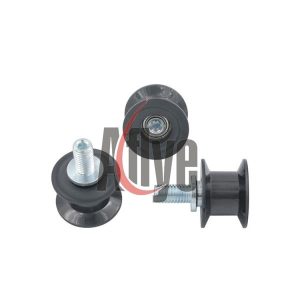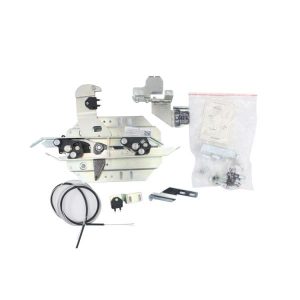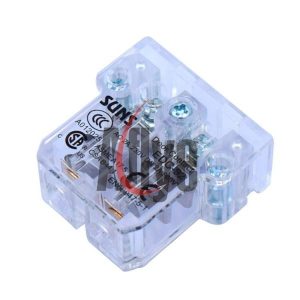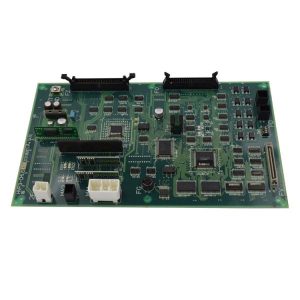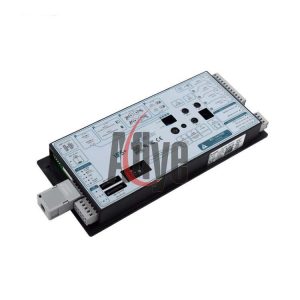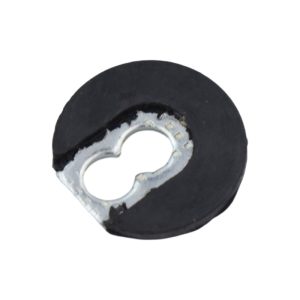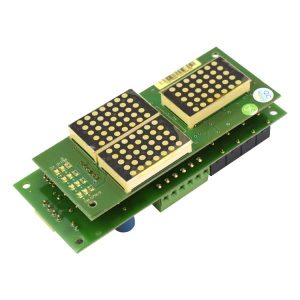Elevator VFMG Door Controller Board LDM-MIGV 30003064
Model No.:LDM-MIGV 30003064
Elevator door controller board is an essential component in modern elevator systems. It is an electronic circuit board responsible for controlling the operation of the elevator doors, ensuring they open and close smoothly, safely, and efficiently. The controller board works in conjunction with sensors, motors, and other elevator components to manage door operation under varying conditions.
Key Features of Elevator Door Controller Boards:
- Door Movement Control:
- Controls the motor driving the door, regulating its speed, acceleration, and deceleration.
- Ensures smooth operation to prevent abrupt door movements.
- Safety Mechanisms:
- Interfaces with sensors like light curtains or infrared sensors to detect obstructions in the doorway.
- Prevents the doors from closing if an obstacle is detected.
- Signal Processing:
- Receives commands from the main elevator controller to open or close doors at specific floors.
- Processes feedback from sensors to adapt door operation dynamically.
- Error Handling:
- Identifies faults in the door mechanism, such as motor overload or sensor malfunctions.
- Communicates diagnostic information to maintenance systems.
- Energy Efficiency:
- May include energy-saving features to reduce power consumption during idle periods or partial load conditions.
- Customization Options:
- Adjustable parameters for door speed, delay times, and sensitivity based on building requirements.
Components Commonly Found on a Door Controller Board:
- Microcontroller or Processor: Manages logic and signal processing.
- Motor Driver Circuit: Controls the motor responsible for door operation.
- Sensor Interfaces: Connects to safety sensors, position encoders, or limit switches.
- Communication Ports: Allows integration with the main elevator control system (e.g., CAN, RS485, or Ethernet).
- Power Supply Module: Provides necessary voltage levels for the board and connected components.
Common Issues and Maintenance Tips:
- Dust and Dirt Build-up: Keep the board and surrounding components clean to prevent operational issues.
- Loose Connections: Regularly inspect wiring and connectors for secure and proper attachment.
- Sensor Calibration: Ensure sensors are correctly aligned and functioning to avoid misreads.
- Software Updates: Update the firmware periodically to improve performance and resolve known issues.

